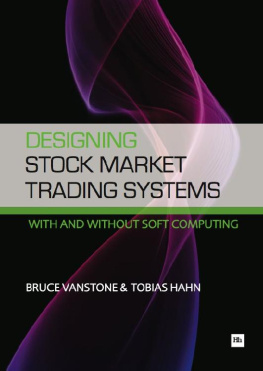First published in Great Britain in 2010 by Harriman House.
This eBook edition 2011.
The right of Bruce Vanstone and Tobias Hahn to be identified as the authors has been asserted in accordance with the Copyright, Design and Patents Act 1988.
A CIP catalogue record for this book can be obtained from the British Library.
All rights reserved; no part of this publication may be reproduced, stored in a retrieval system, or transmitted in any form or by any means, electronic, mechanical, photocopying, recording, or otherwise without the prior written permission of the Publisher. This book may not be lent, resold, hired out or otherwise disposed of by way of trade in any form of binding or cover other than that in which it is published without the prior written consent of the Publisher.
No responsibility for loss occasioned to any person or corporate body acting or refraining to act as a result of reading material in this book can be accepted by the Publisher, by the Author, or by the employer of the Author.
Designated trademarks and brands are the property of their respective owners.
Preface
Many people know of the stock market as a place to make and lose large sums of money. Unfortunately for most people, their knowledge stops there. Some go a little further, and attempt to trade in the markets, often using a discretionary approach, buying or selling as their mood dictates. These people will find it very difficult to succeed. The market is not very tolerant of learners.
A few hardy souls venture further still. They take the time to study what others have done before them, and try to learn what it takes to be successful. These people will discover that there are no real trading secrets, and that it is relatively easy to develop a profitable trading system. The difficulty is not in creating successful trading rules, but in following them.
This book is about developing mechanical stock market trading systems. It demonstrates a methodology for creating successful trading systems, using both fundamental and technical data. It demonstrates how to test trading systems, and how to enhance them using artificial intelligence (soft computing) techniques. These days, most of us have access to relatively powerful computers and software. The techniques needed to develop successful trading systems are well within our reach. So too are the techniques used to enhance trading systems with soft computing.
This book is a how-to guide for developing successful stock market trading systems. It is for beginners, discretionary traders, and systematic traders alike. For beginners and discretionary traders, it provides a roadmap to follow for creating rule-based trading systems. For existing systematic traders, it presents information on testing, benchmarking, and enhancing systems using soft computing.
Systematic trading allows us to test out our ideas in many different markets and time frames, and see how well they would have worked in the past. Of course, success in the past is no guarantee of success in the future. However, if a method has worked well in the past, it is more likely to succeed in the future than a method that has never worked before.
Try and think of this book as a starting point for your own trading journey. The chapters are designed to support your growing knowledge as your understanding of the methodology grows. Our coverage of each topic is by no means exhaustive. We have tried to include the information we think you need to know to follow the methodology. You should consider the information we present in each chapter as the minimum amount of information you will need. There is a bibliography at the end of the book, with separate lists of sources for each chapter, which you can use to track down related information as your needs dictate.
How this book is structured
The book is divided into the following ten chapters:
1. Designing Stock Market Trading Systems
Chapter 1 introduces the ideas underpinning stock market trading, both from a practical and academic perspective. It explains why most traders fail, and explains what you must do to succeed. It also explains the reasons why you are more likely to be successful as a systematic, rules-based trader compared to a discretionary trader. Finally, it introduces the idea of soft computing, and explains the reasons why soft computing can have such a profound effect on trading performance.
2. Introduction To Trading
Chapter 2 presents a very brief introduction to trading. It provides you with information on some of the basic approaches that traders use to try and make money in the markets. Its main goal is to stimulate you to think about the kinds of approaches you would like to learn more about. One of the most common flaws for beginners is to try and trade everything they come across in the market. A far better approach is to develop systems to identify specific behaviours, and to wait on the sidelines until the required behaviour is identified.
3. Fundamental Variables
Chapter 3 introduces fundamental variables. These variables provide the means to codify fundamental observations about companies, which are later expressed in the form of a trading strategy. This chapter discusses the academic acceptance of these types of variables, and presents a historical evolution of academic research into these variables. As always, it is important to ensure the findings of published research are applicable to your own trading universe by which we mean the assets or indices you will allocate your money to. This chapter includes a case study that demonstrates techniques that you can use to gain insights into the effects of many fundamental variables.
4. Technical Variables
Chapter 4 introduces technical variables. These variables provide the means to codify behavioural observations about markets and stocks, which will later be expressed in the form of a trading strategy. This chapter discusses the academic credibility of these types of variables, and presents a historical evolution of academic and practitioner research into them. This chapter contains a case study that verifies the credibility of technical analysis.
5. Soft Computing
Chapter 5 introduces you to the various soft-computing paradigms, and shows how soft computing can complement trading systems. It also helps you to gain an understanding of the advantages and disadvantages of soft computing. There is also a detailed review of academic work focused on the use of soft computing in trading, including a brief summary of each work, and its outcomes.
6. Creating Artificial Neural Networks
Chapter 6 explores Artificial Neural Networks (ANN) in greater detail. It describes the process of designing, training and testing an ANN for use within a trading system.
7. Trading Systems And Distributions
Chapter 7 describes the first of the two primary approaches to benchmarking trading systems. It introduces you to the raw trades approach, describing both traders metrics and statistical measures used for benchmarking.
8. Position Sizing

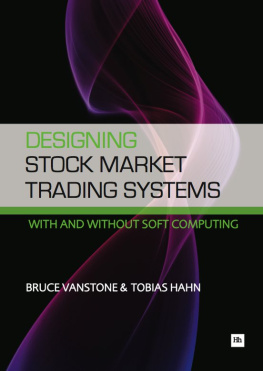

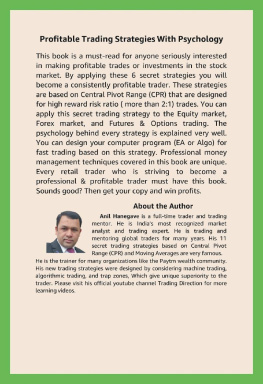
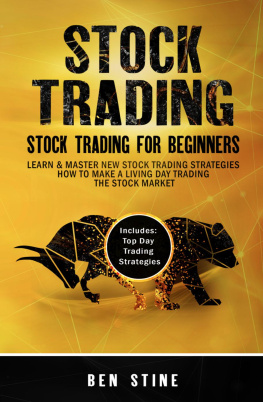
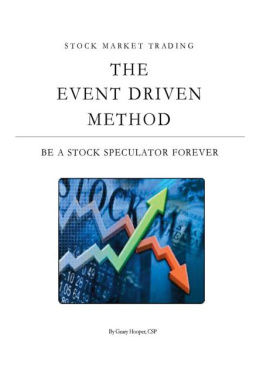

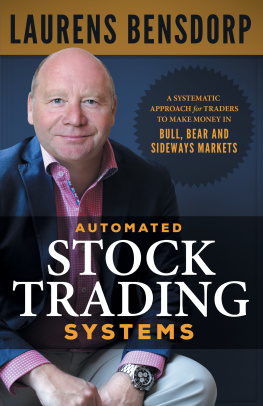
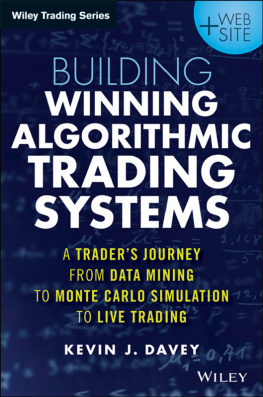
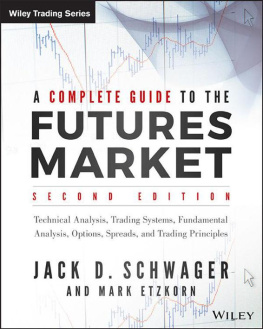
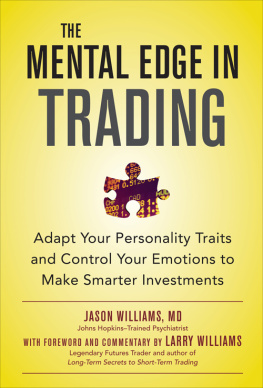
![Kevin J. Davey [Kevin J. Davey] - Building Algorithmic Trading Systems: A Trader’s Journey From Data Mining to Monte Carlo Simulation to Live Trading, + Website](/uploads/posts/book/124136/thumbs/kevin-j-davey-kevin-j-davey-building.jpg)
